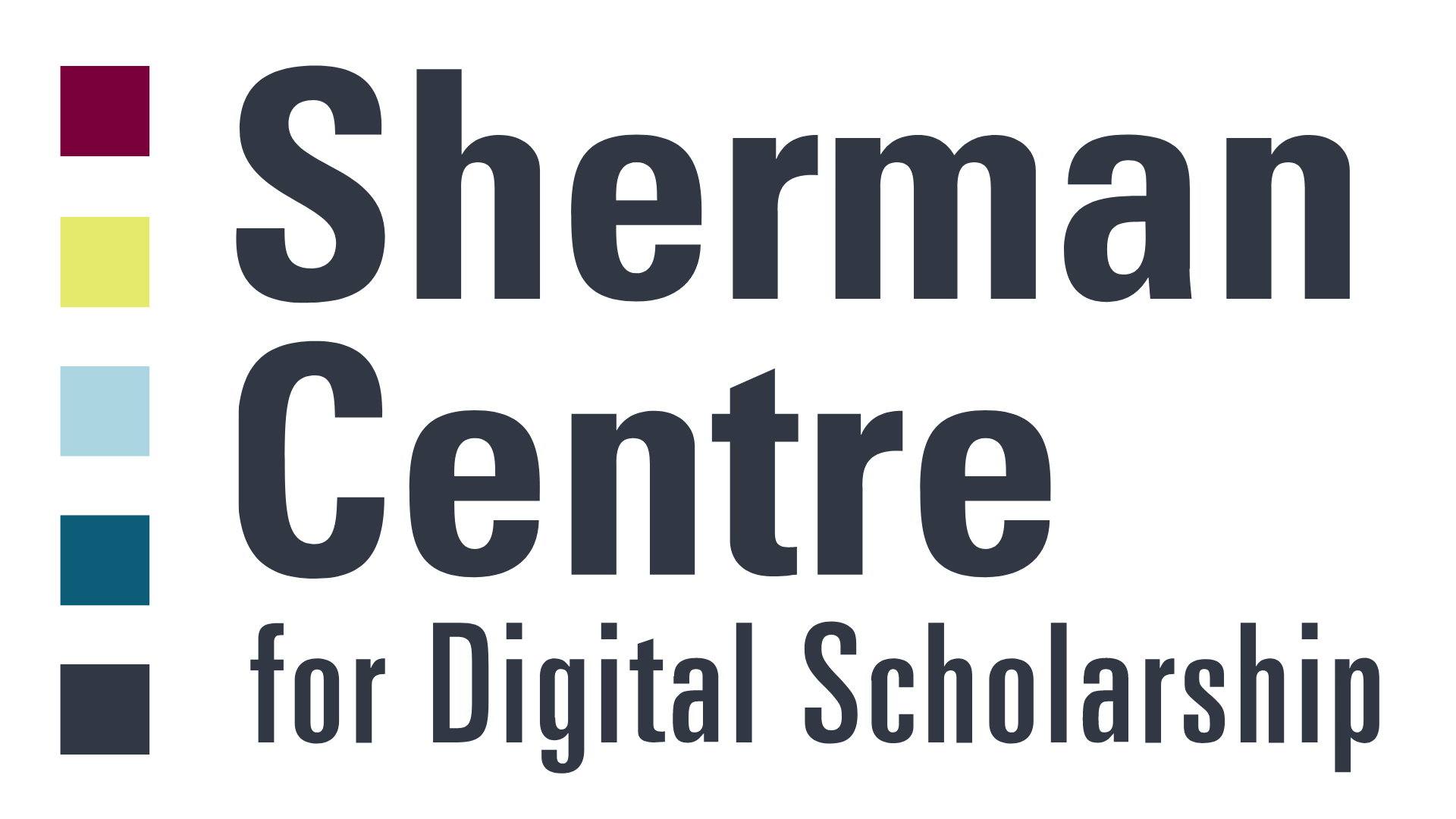We were delighted to welcome Subhanya Sivajothy to SCDS in September 2021. Since joining the Sherman Centre, Subhanya has consulted with multiple researchers and joined working groups on topics including Research Data Management and Data Justice. Her first workshop, “Intro to Designing Effective Data Visualizations,” was fully registered in under a week. Get to know our newest team member in this brief Q&A.
SCDS: How did you get interested in data analysis and visualization?
SS: When I was completing my Masters of Information, I worked with the Technoscience Research Unit (TRU) and was exposed to intersections between social justice, environmentalism, and technology. That’s what got me interested in the field.
SCDS: What do you enjoy about your job?
SS: I really like consulting with researchers and working with students. I get to support different projects and learn about people’s work—recently I’ve consulted on projects on twinfluencers and a social media analysis of politicians. Being involved in this kind of academic research makes me feel like I’m still in graduate school, but in a good way!
SCDS: Where would you suggest people get started with data analysis and visualization? Any tools to recommend?
SS: People overlook Excel, but it’s a very powerful tool. You can certainly create basic charts and graphs there.
SCDS: What about folks in the humanities who are interested in digital scholarship? How might we reach out to them?
SS: It’s interesting how things have changed. At first, it seemed like Digital Humanities meant using digital tools to analyze texts. Now we’re seeing people use humanities analysis to explore data and examine how power manifests in platforms, technology, and media. The fields definitely work together in interesting ways.
SCDS: If you had to persuade someone to give data visualization a chance, what would you say?
SS: Data visualizations can translate huge amounts of data into clear and comprehensible graphics. They make work accessible to both researchers and community members. Because of this, they’re an incredibly valuable tool in terms of getting people to engage with the material.
For example, researchers working on climate change often struggle to reach the people who are most vulnerable to the issue. Data visualizations can break down that complex information and make it relevant.
On a similar note, visualizations can be a powerful tool in the context of data justice. They can effectively expose the uneven ways that power manifests across whatever tool you’re exploring.
SCDS: Last but not least, we’d like to add a personal dimension to the interview. What do you do outside of work?
SS: I used to go to a feminist kick-boxing gym which sadly closed in the last year. I also enjoy creative writing.
If you’d like to discuss data analysis and visualization, schedule a consultation with Subhanya, who can be reached via email at sivajos@mcmaster.ca. We will also make a recording of her upcoming workshop, “Intro to Designing Effective Data Visualizations,” available on our Online Learning webpage.


Leave a Reply